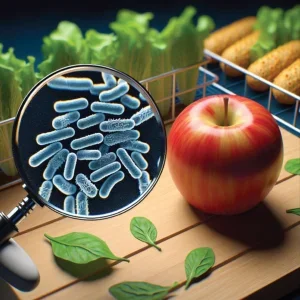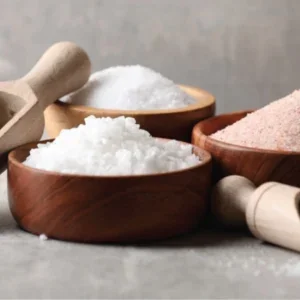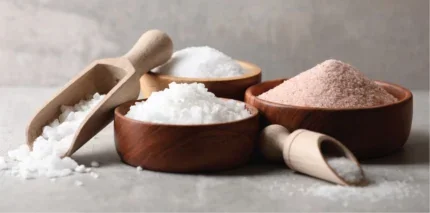
Too much of a good thing can be dangerous, and sodium is a prime example. While it is an essential nutrient that supports many processes in the human body – including optimal cell functioning, acid-base balance and the transmission of nerve impulses – in excess it can pose a serious health risk. A vast body of research links excess sodium intake directly to raised blood pressure and increased risk of cardiovascular disease. The WHO estimates that 1.89 million deaths each year are associated with the consumption of too much sodium, which is found in high amounts in processed foods – particularly bread, processed meat and snack foods – as well as in many condiments.
Consumption of sodium is largely determined by cultural factors and dietary habits of regional populations, but the simple truth is that no matter where a person lives or what kind of food they eat, almost everyone is consuming too much. “As humans, our deep roots with salt and our need for sodium are problematic,” says Rick Guiney, CEO of Microsalt, which develops products that lower sodium levels without sacrificing flavour. “It goes back to prehistoric times when we preserved fish and meat by rolling it in salt. Since then, we have been consuming too much, generation after generation. We all need sodium in our diet, but excess sodium contributes to cardiovascular disease, pancreatic cancer, diabetes and more.”
“Salt is the silent killer,” he adds. “One challenge is that there has not been a solution apart from not eating it, and it is hard to buy food that is salt-free. So, how do you lower sodium in your diet and still have food that tastes good? If you make a cheap product and load it with salt to make it taste good, then that is a problem.”
The WHO is targeting a 30% relative reduction in mean population sodium intake by 2025, with a parallel goal of a 25% relative reduction in the prevalence of raised blood pressure. Many countries, including the UK, Mexico and Canada, are setting limits on suggested intake, and there is a general acceptance worldwide that sodium must come down – especially for children in their formative years – and that this would be one of the most cost-effective ways to improve public health. Progress, however, is slow.
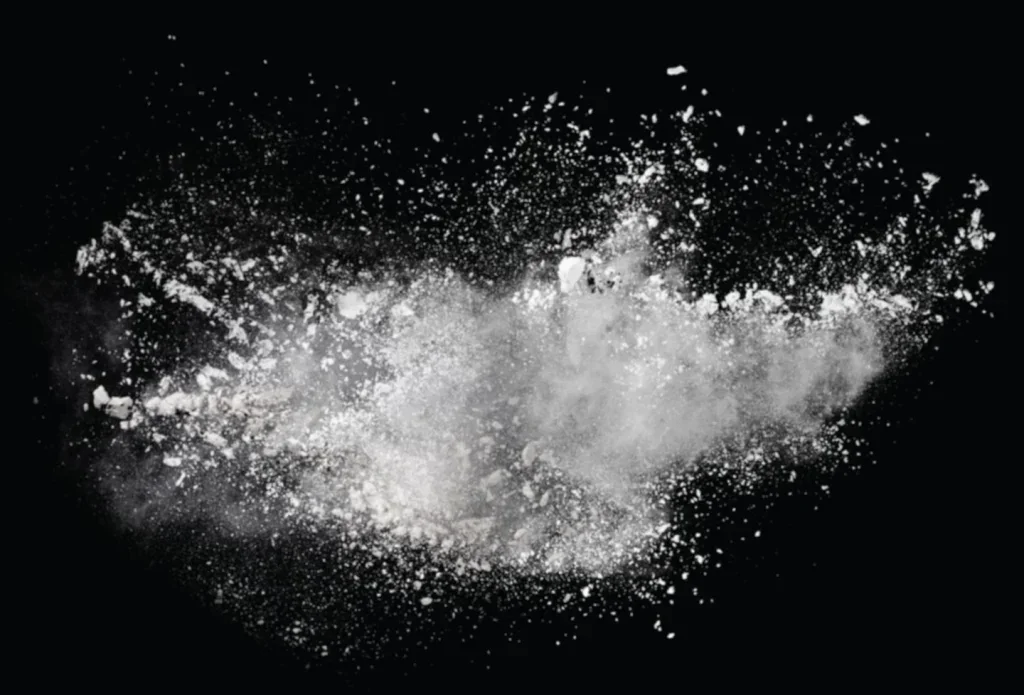
“The problem is that most of the salt we consume is already added in the foods that we buy, and you can’t easily change the dietary habits of an entire nation,” says Sonia Pombo, research fellow at Queen Mary University of London, and campaign lead for Action on Salt. “We are time-poor, so we cook less from scratch at home and are very reliant on foods we buy in the supermarket. For that reason, a lot of responsibility lies with food producers.”
The tools to tackle salt
Changing the way people choose or prepare food is no easy task, but there are many levers that can be pulled to influence behaviour in small ways that, over time, add up to major change. Alongside media campaigns to raise awareness, governments can set targets – the UK is currently advising an intake of less than 6g of salt per day – and legislation can impact the way food manufacturers formulate and sell their products. Front-of-pack labelling (FOPL) is another important tool, putting information on sodium content front-and-centre to influence consumers’ purchasing decisions.
Back in 2020, Mexico’s health ministry introduced a rule mandating a FOPL system for all packaged foods to warn consumers about products exceeding strict thresholds for sodium, caloric content, added sugars and saturated fats. Salty snack brands, for example, must prominently display an ‘Excess Sodium’ message when there is more than 350mg of sodium per 100g of product. The challenge, in Mexico and across the world, is to reduce sodium levels without impacting the taste of a product, as a noticeable difference in flavour could have a significant impact on sales.
“We support more transparency on labelling, and the traffic light labels used in the UK have been very good for making people aware of what they are consuming,” says Pombo. “Consistent labelling makes consumers more aware of sodium content, and encourages food producers to reformulate, as they don’t want a red light on the label for salt.”
For food manufacturers, there is a fine line to tread between health and flavour. One suggestion that has gained traction in recent years is to substitute potassium chloride (KCl) for sodium chloride (NaCl). Indeed, a number of randomised controlled trials have shown that potassiumenriched, sodium-reduced salt substitutes are effective for reducing sodium levels and, by lowering blood pressure, also reducing rates of cardiovascular events and death.
Problem solved? Well, not entirely. Apart from the many challenges involved in creating robust and reliable global supply chains for KCl on a sufficient scale to replace NaCl, potassium chloride raises its own concerns. While KCl is ‘generally considered as safe’ by the US Food and Drug Administration (FDA), it comes with risks. Apart from the fact that some consumers report an unusual or unpleasant metallic taste, health risks emerge if healthy people completely replace NaCl with KCl, as the body does need sodium.
Furthermore, people with chronic kidney disease should avoid potassium chloride, as it may prevent their kidneys from being able to expel excess potassium from the blood. Also, if a person is at risk of hyperkalaemia – an excess of potassium – or if they have conditions such as type 1 diabetes, then substitution may not be the best approach.
“In some countries, potassium chloride carries a health warning,” says Guiney. “Often, it is a by-product of potash mining, which is not very environmentally friendly. If you want clean-label food products, then KCl won’t give you that. And potassium is a metal, so there is an aftertaste that food manufacturers need to mask with more flavour enhancers.”
Microsalt has come up with a patented process that aims to create the same level of salty taste by using less sodium chloride. Same taste, less sodium seems to be a winning formula, and the concept is ingenious, though there is an impact on cost for food manufacturers, and the scaling up of the supply chain remains challenging.
“Potassium chloride is not good for you, and it is no longer the best solution,” says Guiney. “Now, you can have real salt without the excess sodium. We take a traditional crystal of salt and dramatically reduce its size to less than a micron. That greatly increases the surface area to volume ratio, and the salty experience on your tongue is more intense than with a bigger crystal.”
“By making salt smaller there is a density problem, but we have solved that so it doesn’t lie around like dust,” he adds. “The concept of microsized particles is not new, but what is new is its application to salt crystals, so that they can be used as an ingredient in food. It is more expensive because we start with salt as a component, and then apply a process to it, but when you break it down on a per serving basis for a large international food company the difference is not that great.”
A question of time?
An issue close to Pombo’s heart is the fact that government schemes involving the food industry are often voluntary. The UK has a voluntary salt reduction programme with targets for December 2024, yet, at the time of writing, nothing has been published. In the US, the FDA is set to implement further voluntary sodium reduction targets, building on the targets set back in 2021.
“The UK was one of the first countries to set a bold salt reduction programme, but now South Africa, Columbia and others have strong targets that are mandatory,” Pombo remarks. “Malaysia is also doing good work on that. Here, there was always a veiled threat for the last 20 years that if a voluntary programme did not work then mandatory targets would come in, but we are still waiting for that to happen.”
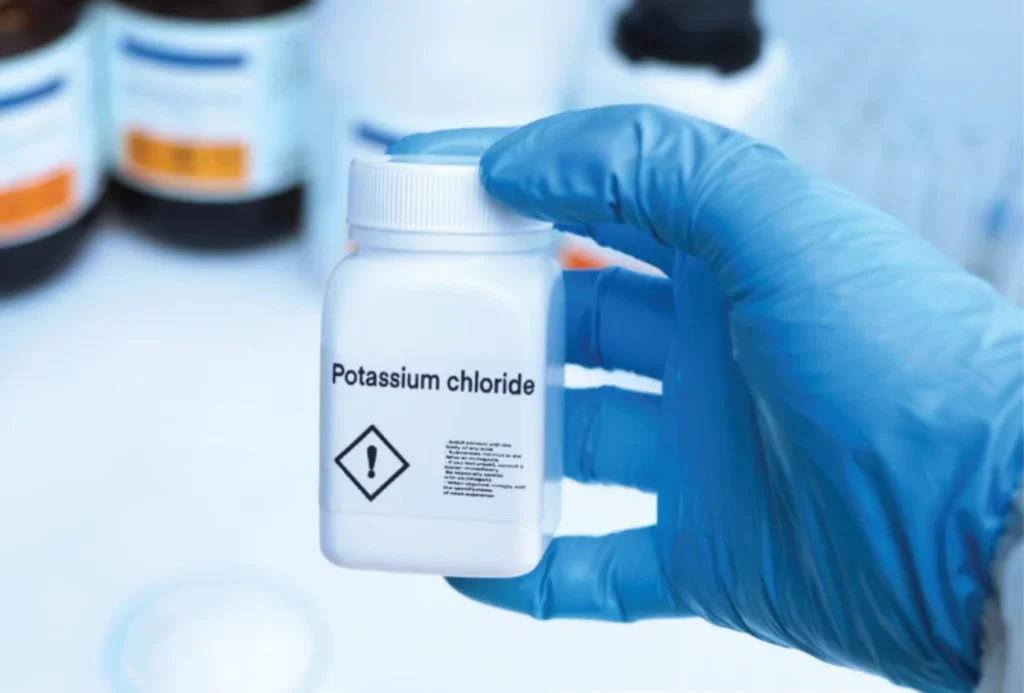
Beyond rules, beyond substitutes, beyond new technologies, there is one method that is proven to reduce sodium intake. Tried and tested, highly effective, and cost-effective, it does have one major drawback – incremental change takes time. “If salt is used for flavour, it can be gradually reduced,” says Pombo. “We advocate for slow and unobtrusive reductions. You can reduce it gradually by up to 20% and research shows that the change goes relatively unnoticed.”
“It is all about the surface area that salt covers in your mouth, which can be slowly reduced, and the target can change further after a few years,” she adds. “Salt in breakfast cereals has come down significantly. Cornflakes contain 50% less salt than 20 years ago. The reduction of salt in bread has also been significant and bread is the biggest route for consumption of salt in our diets.” Perhaps sodium reduction is, after all, a waiting game.
Salt consumption in perspective
WHO recommendations for sodium intake
- For adults: less than 2,000mg/day of sodium (equivalent to less than 5g/day of salt
- All salt consumed should be iodised (fortified with iodine) to contribute to healthy brain development in infants and young children, and to optimise mental function.
WHO estimates of current sodium consumption
- The global mean intake of adults is 4,310mg/day sodium (equivalent to 10.78g/day salt) – more than double the WHO recommendation for adults.



